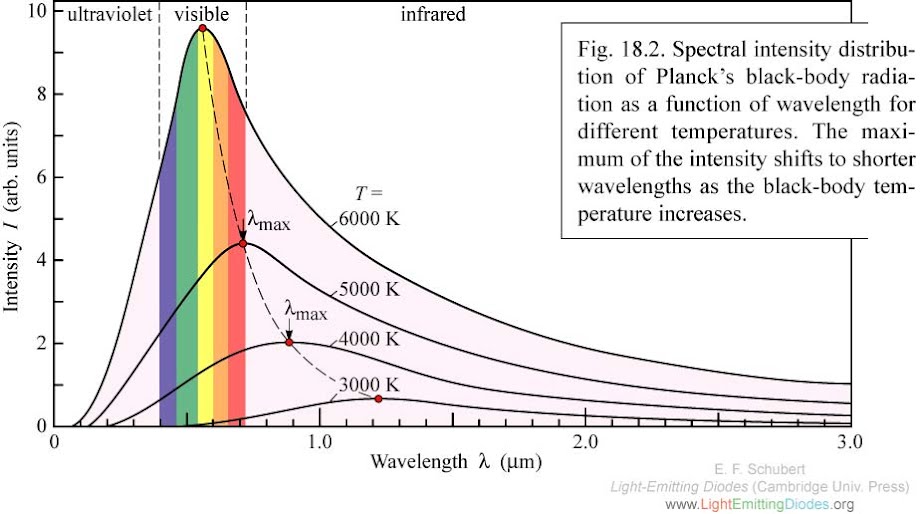I am studying black body radiation and a high school level for a class. My understanding of it is this:
There is a finite frequency light and therefore amount of ultraviolet light objects can emit. That's when Max Planck made the assumption that "what if there was a limit to how small a wavelength can get.
However, I still get confused when I analyze a black body radiation graph. At the leftmost part of any curve (towards the origin), why is the intensity approaching zero? Is it because the molecules in whatever light can’t get enough quantized energy to lower is frequency?
Any help, especially in a simply-conveyed way would be great
